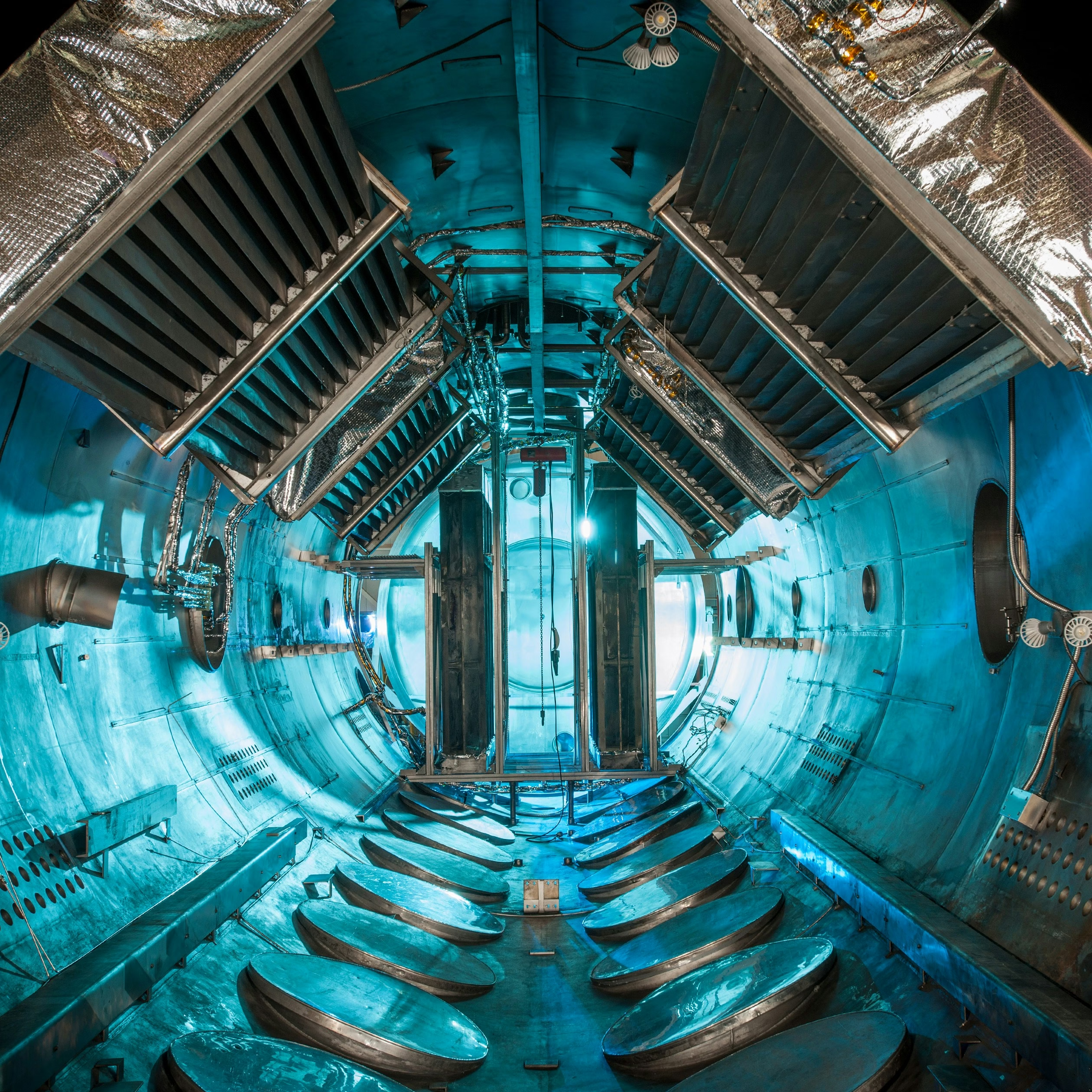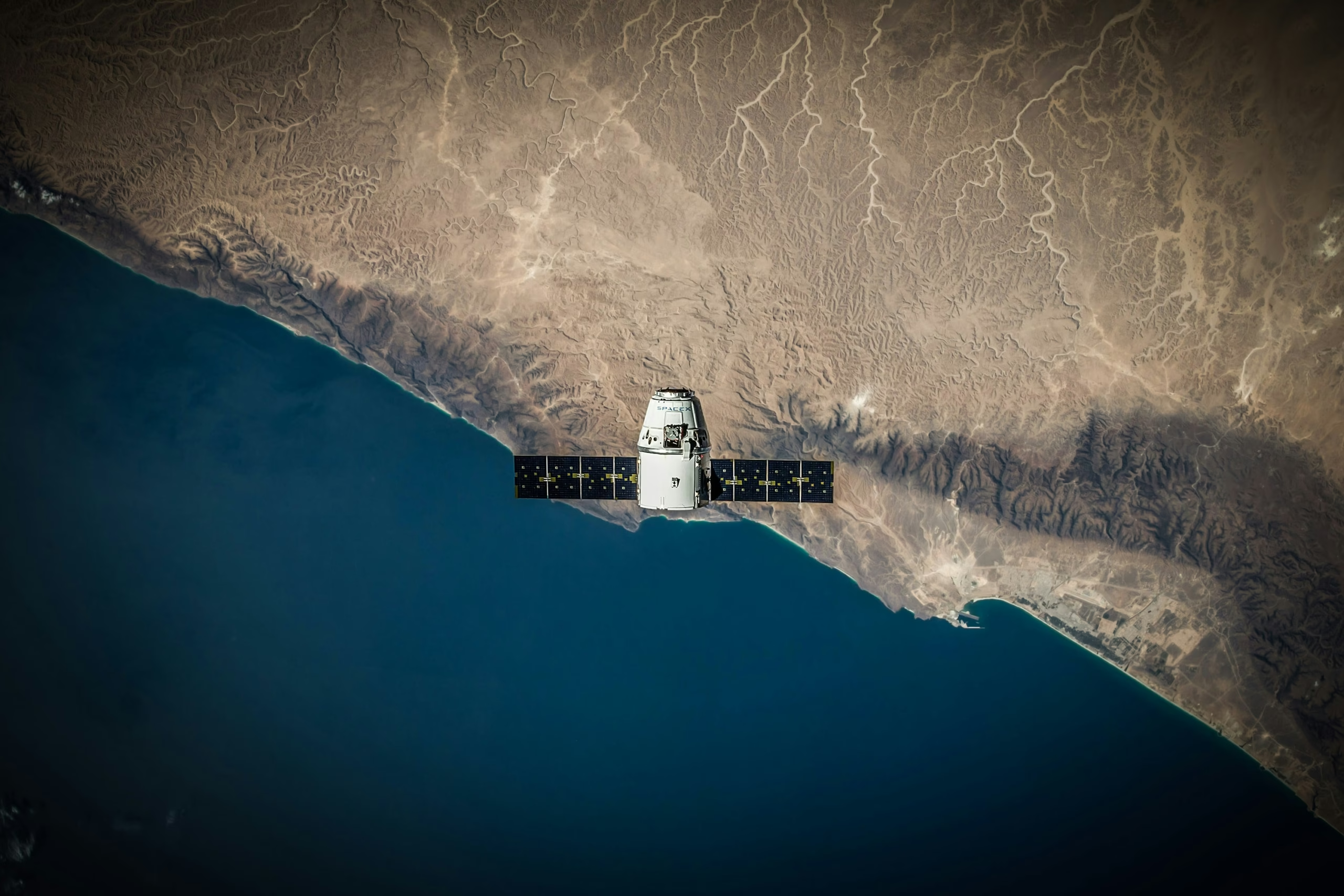The Invisible Threat to Space Explorers Unveiled: Have you ever thought about the invisible forces that silently menace our adventurers in space? Venture beyond the earthly realm, and you’re not just leaving gravity and oxygen behind; you are entering a realm bombarded by cosmic rays—one of the most insidious threats to space exploration.

Table of Contents
Understanding Cosmic Rays
Cosmic rays are not something you encounter in your daily life, yet they are ever-present, journeying from far reaches of the galaxy. These high-energy particles travel near the speed of light and carry an unseen potential to interfere with spacecraft and human presence in space. They consist mostly of protons and fully ionized atomic nuclei originating from supernova explosions and other high-energy cosmic phenomena. Unraveling their mysteries is crucial for advancing human exploration beyond our planet’s protective atmosphere.
The Genesis of Cosmic Rays
Cosmic rays have been a topic of intrigue since their discovery in the early 20th century. Detected initially as mysterious ionizing particles by physicist Victor Hess, they opened a window to stellar collisions and cataclysmic events, unmasking traces of the universe’s violent nature. Today, understanding cosmic rays involves tracing their origins to energetic phenomena such as supernovae, active galactic nuclei, and even quasars—each contributing to the cascade of particles that become cosmic rays.
The Threats Posed by Cosmic Rays
While space might seem serene from afar, cosmic rays present a formidable hazard to any aspiring astronaut. They pose both technical and human health challenges, turning them into a key focus area for those planning long-duration space missions, especially to Mars and beyond.
Biological Impacts
At a microscopic level, cosmic rays can disrupt cellular structures, damage DNA, and alter necessary biological processes in the human body. The potential for long-term health effects, including increased cancer risk and neurological impairments, is significant. For astronauts venturing to new frontiers, protection against these unseen assailants is vital for ensuring their safety.
Technological Challenges
Cosmic rays don’t just target living tissue; they also threaten the very machinery that carries us across the cosmos. Electronics onboard spacecraft can suffer from single-event upsets or more catastrophic malfunctions due to cosmic ray interactions. This necessitates robust design features, such as shielding, error-correcting codes, and fault-tolerant systems to protect valuable equipment and safeguard mission objectives.

Historical Context and Discoveries
The exploration of cosmic rays took off in the 1930s, offering insights into particle physics, meteorology, and even aiding in modern astrophysics’ development. By the mid-20th century, scientists had constructed formidable particle detectors and space observatories, allowing them to catalogue cosmic rays with unprecedented precision. This era also marked the understanding of their potential effects on health and technology.
Cosmic Rays in Mission Design
Since the first Apollo missions, cosmic rays have been a major consideration for mission planners. Strategies employed range from the use of spacecraft shielding to innovative mission timelines that minimize exposure. Even today, projects such as the Lunar Gateway and Mars missions incorporate advanced measures to mitigate cosmic ray exposure’s adverse effects on astronauts and onboard systems.
Strategies for Mitigating Cosmic Ray Effects
While we cannot eliminate cosmic rays, numerous strategies exist to lessen their impact on space endeavors. From advanced materials to biological mitigations, preparation is key in all mission phases.
Enhancing Spacecraft Shielding
Spacecraft are equipped with materials designed to absorb and dissipate the energy from cosmic rays, reducing the risk of particle penetration. Engineers are constantly researching and developing new lightweight composite materials, which can shield inhabitants and sensitive equipment alike.
Biological Countermeasures
Counteracting the physiological effects cosmic rays might have involves medical and lifestyle interventions. These include potential pharmaceuticals that offer cellular protection or enhance DNA repair processes, and plans involving pre-mission health assessments aimed at selecting resilient crews.
Proactive Mission Planning
Effective mission architecture considers cosmic ray threats from the ground up. By planning missions during solar maximum—when solar activity can deflect some cosmic rays—mission designers can reduce astronaut exposure. Additionally, establishing “safe zones” within spacecraft for astronauts to retreat during intense cosmic ray episodes can prove essential.

Future Trends and the Path Forward
Cosmic ray research is evolving rapidly, with cutting-edge technologies aiming to further decode their complex nature and shield humanity from their effects. As commercial space travel grows, understanding and mitigating cosmic rays will become even more critical.
Advances in Technology
Among the promising advancements are innovative shielding materials like hydrogen-rich polymers and ongoing research into magnetic shielding fields that could deflect cosmic rays effectively. Other technologies, such as wearable radiation sensors, could equip astronauts with real-time exposure data, enhancing safety protocols during missions.
Embracing Collaboration
Cross-disciplinary collaborations are pushing boundaries on cosmic ray research. Astrophysicists, biologists, and aerospace engineers are working together to address multifaceted challenges, driving innovative solutions to propel us further into the cosmos.
Conclusion
As we stand at the precipice of a new era in space exploration, understanding cosmic rays and their impacts assumes greater importance than ever. By leveraging historical insight and embracing technological innovation, we can mitigate the risks they pose, ensuring that humanity can safely and sustainably venture into the stars.
Engagement with this cosmic challenge isn’t just a practical necessity; it’s a testament to our enduring curiosity and resilience in facing the unknown. In facing cosmic rays, we not only safeguard our quest across the universe but affirm our commitment to exploring it ever further. We invite you to share your thoughts on the challenges of cosmic rays in space exploration and engage with other articles that delve into deeper aspects of space travel and technological advances.

The invisible problem with sending people to Mars
Debating Europe’s Proposal for a Sovereign Broadband Constellation

